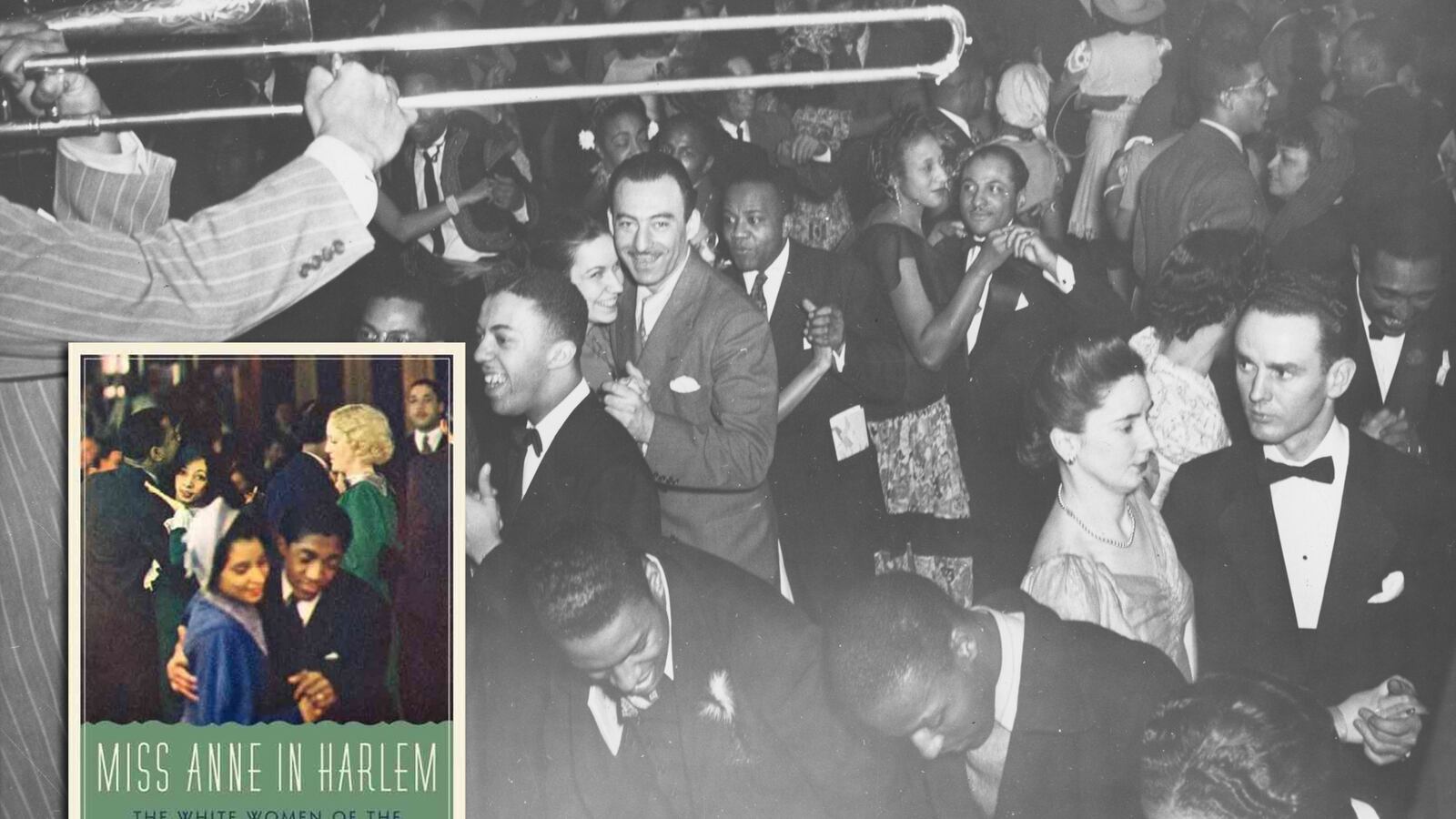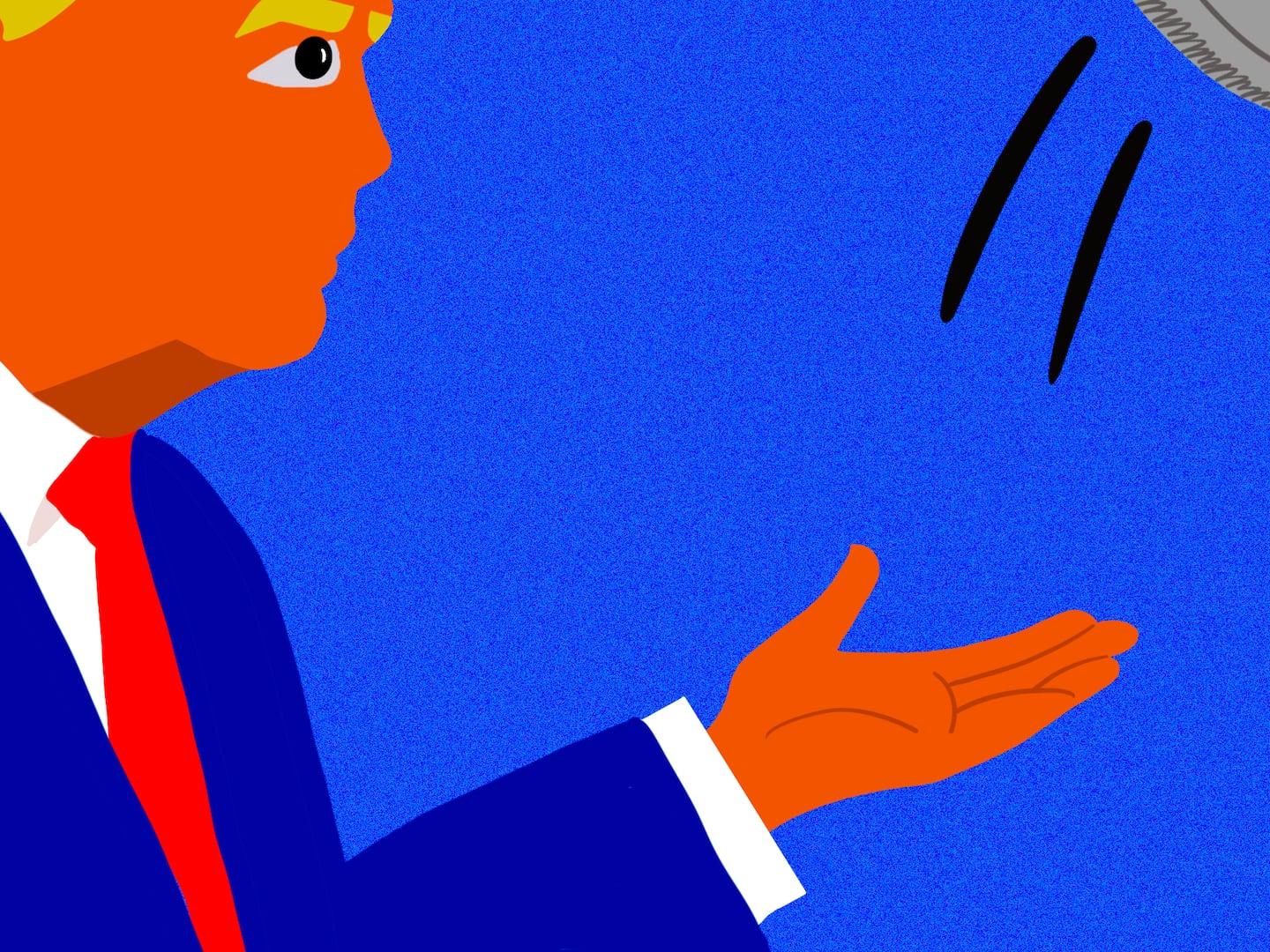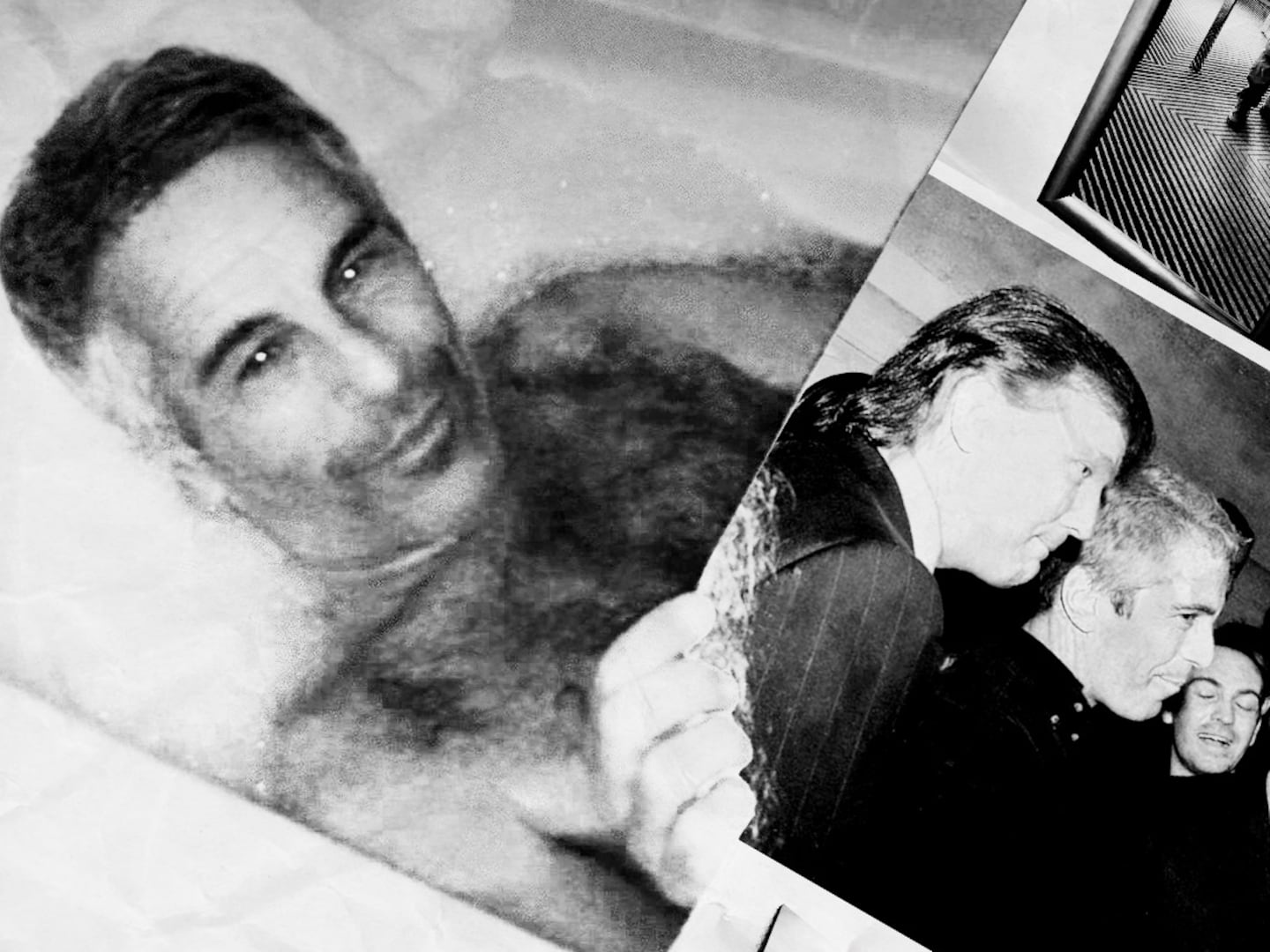When Etta Duryea, the white wife of black prizefighter Jack Johnson, killed herself in 1912, contemporary newspapers reported it as “the logical outcome for a ‘woman without a race.’” The boundaries were clear, the consequences of crossing the color line dire in the years before World War I, when American assumptions about everything from patriotism and class to gender and race were secure, bigoted, and unchallenged. But in the 1920s and ‘30s, a small but dauntless group of white women flung down a gauntlet to these assumptions, declaring their alliance with African-American culture during the height of the Harlem Renaissance.

In Miss Anne In Harlem, Carla Kaplan's clear-sighted, empathetic assessment of a half-dozen of these women, she casts a fresh eye over people and relationships too often reduced to stereotypes. She explores the complicated reality of individual lives to illuminate our collective struggle with fraught questions about race and identity that are as uncomfortable and unresolved today as they were in the 1920s and ‘30s.
“Miss Anne” was black slang for a white woman, and the Miss Annes of the Harlem Renaissance have suffered the double indignity of being demonized at the time as thrill-seeking dilettantes and then dismissed by historians as patronizing. Kaplan takes it as her mission “to let Miss Anne speak for herself, to reconstruct her reasons for being in Harlem and her ideas about race, rather than simply passing judgment on her.” She delivers a wonderfully complex series of portraits.
They run the gamut from a Yankee schoolteacher at a black college in Tennessee (Lillian E. Wood) to a rebellious Texan who married Harlem’s most controversial intellectual (Josephine Cogdell Schuyler) and an Anglo-American aristocrat who assembled a groundbreaking anthology of global black culture (Nancy Cunard). Two of them were Jews who wrote about volatile racial subjects: a white woman’s desire for a black man (Annie Nathan Meyer’s play Black Souls) and a black woman passing for white (Fannie Hurst’s bestselling novel Imitation of Life). One was a wealthy widow born before the Civil War who became a patron of African-American artists in her 70s (Charlotte Osgood Mason). About the only thing they had in common was that they were strong-minded women who found in black culture an escape from the constraints of family, gender, and class, a means of reinventing themselves as the people they wanted to be.
Their belief that they could become “voluntary Negroes” made real Negroes uneasy. It exposed, Kaplan argues convincingly, a contradiction at the heart of Harlem Renaissance thinking: the desire to refute racist ideas about innate racial qualities and at the same time promote race pride and racial loyalty among African-Americans. George Schuyler, the writer and editor Josephine Cogdell married in 1928, took an extreme position, insisting that there were no real differences between the races. He and Josephine promoted interracial unions as “the permanent solution” to America’s race problem and showed off their gifted daughter Philippa as “an example of the benefits of ‘miscegenation.’” Josephine wrote under pseudonyms that allowed her to adopt a black identity, most notably as advice columnist Julia Jerome, the “Ann Landers of Harlem.”
Harlemites might be cautiously welcoming to Josephine, who chose to marry and live among them; they were much more ambivalent about white women who presumed to know them while retaining inherited privileges. The imperious Charlotte Osgood Mason was quite sure she understood the essential qualities of black culture better than the African-American protégés on whom she lavished money and overbearing advice in equal measure. Alain Locke, Langston Hughes, and Zora Neale Hurston may well have cringed at Mason’s naïve ideas about pure, primitive African art as a restorative for spiritually bankrupt white civilization, yet they were also genuinely devoted to her. Kaplan treats Mason surprisingly gently, discerning underneath her high-handed behavior a loneliness and longing to belong that drove many Miss Annes.
Kaplan, a professor of American literature at Northeastern University, candidly acknowledges her subjects’ personal motives without demeaning their commitment. In her view, the fact that Lillian Wood gained independence and distance from relatives’ demands by teaching at an African-American college is less important than Wood’s lifelong dedication to her students, which included socializing with them and teaching courses in black history. When the scathing depiction of lynching and the sexual abuse of African-American women in her 1925 novel, Let My People Go, led people who didn’t know the author to assume she was black, Wood did not correct them. She saw herself as a legitimate member of the African-American community, a sincere albeit problematic assumption that was echoed by the white women who immersed themselves in the Harlem Renaissance, which Wood observed with interest from Tennessee.
Wealthy, outrageous Nancy Cunard, who claimed to “speak as if I were a Negro myself,” is the easiest Miss Anne to caricature. Flaunting her black lover reinforced ugly stereotypes about white women who came to Harlem seeking sex; Cunard’s peculiar, self-published 1931 pamphlet, “Black Man and White Ladyship,” was as much an attack on her mother as a savage history of American racial oppression. Cunard has been disdained as a drunken party girl who simply liked to shock; Kaplan views her more respectfully as militant advocate for civil rights, reminding us that Cunard poured her own time and money into the lavish, comprehensive 1935 anthology Negro, praised without stint by Harlem’s intellectuals.
In an allegedly post-racial nation, where the son of a white woman is nonetheless described as America’s first black president, we can hardly condescend to the often confused ideas Kaplan investigates with critical sympathy. Yes, it’s embarrassing to hear Mason declare that she is “a better Negro” than most of the Negroes she knows, and irritating to see that Cunard could not understand why many African-Americans perceived “her willingness to throw away her privileges, wealth, and status…as a slap in the face.” But both women were attempting to affirm, however incoherently, an interracial solidarity that remains elusive today. “Miss Anne was as messy as it gets,” Kaplan writes, acknowledging the numerous personal and political complications that arose from her subjects’ belief that they could choose their identities and ignore boundaries established by tradition and prejudice. Really, what could be more American than that?






